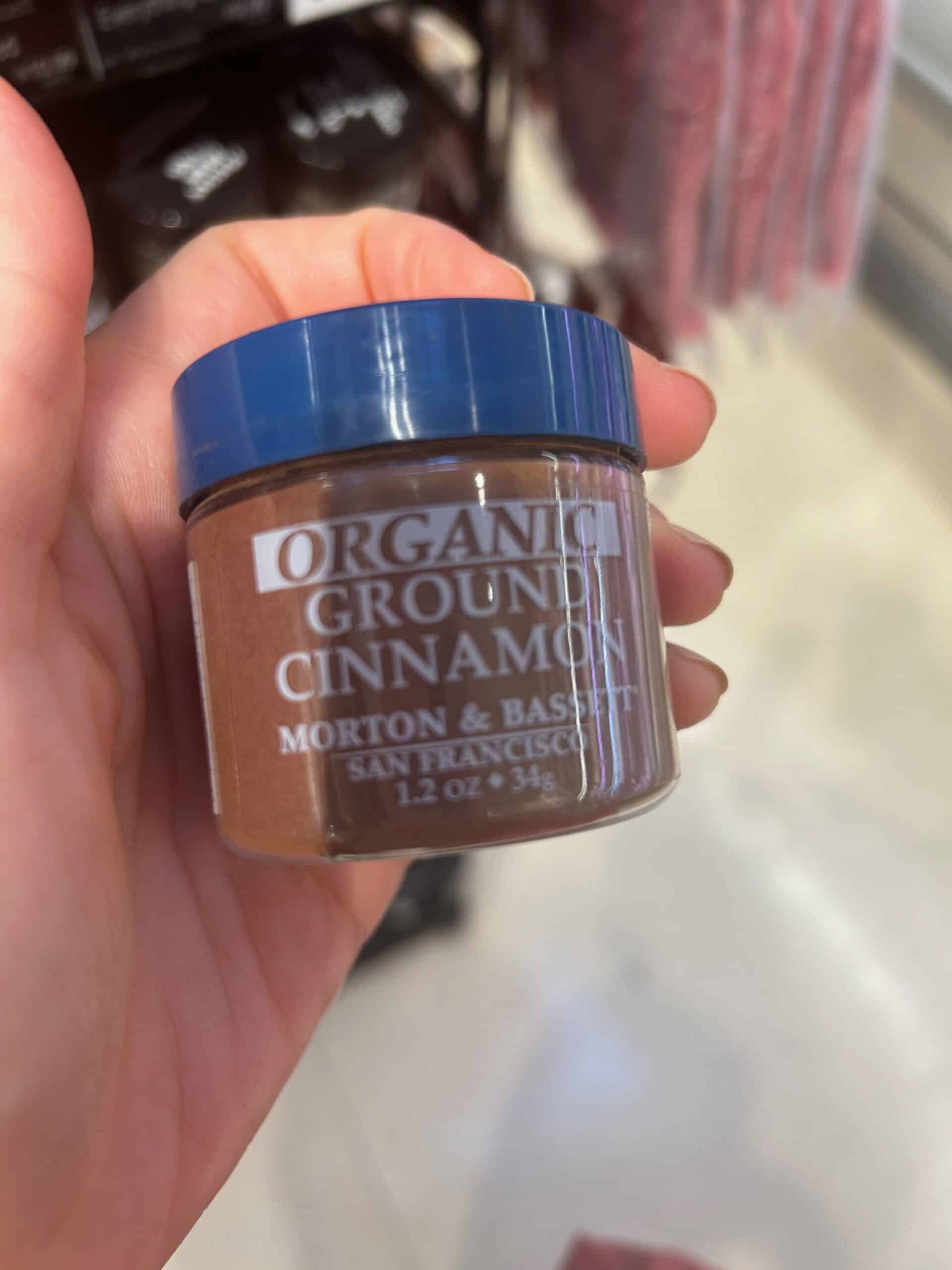With Research Provided by Michael Hopkins, PhD
Recent news headlines about high levels of lead in ground cinnamon have understandably panicked our community. Here’s our take, and what you can to protect your family without losing your sanity.
What did the study find about lead in ground cinnamon?
A recent study by Consumer Reports (CR) revealed elevated levels of lead in ground cinnamon. CR tested 36 products, including cinnamon and spice blends. Unfortunately, 12 products showed lead levels above New York’s 1 ppm recall threshold.
The testing was triggered by a lead poisoning outbreak in children that was traced to cinnamon in apple purée pouches. (There’s another good reason to choose pouches that conduct third-party testing!)
Why does cinnamon contain lead?
Dr. Hopkins explains that lead contamination occurs because cinnamon trees absorb lead from the soil over their long growing cycle. Lead can also be concentrated during the drying process. Finally, most cinnamon in the U.S. is imported from countries like Indonesia, Sri Lanka, and Vietnam, where regulatory standards may be weaker.
What brands have high lead in ground cinnamon?
Thankfully, the CR study provides all the results by brand in their report so you can easily check to see where your favorite brands fall.
The highest levels of lead were found in the following brands of ground cinnamon, which fortunately are not brands that most of us likely have in our spice racks.
- Paras (3.52 ppm)
- EGN (2.91 ppm)
- Mimi’s (2.03 ppm)
- Bowl + Basket (1.8 ppm)
- Rani (1.39 ppm)
To give credit where credit is due: Both Paras and EGN have responded to the report by discontinuing their cinnamon and removing it from shelves.
Which brands of ground cinnamon are the safest?

When it comes to lead in ground cinnamon, the following brands were fount to have the lowest levels. The great news is that these are probably the brands that most of us have in our pantries.
- McCormick (.23 ppm)
- Morton & Bassett (.04 ppm)
- Trader Joe’s (.69 ppm)
- Simply Organic (.28 ppm)
- 365 Whole Foods Market (organic) (.02 ppm)
- 365 Whole Foods Market (conventional) (.12 ppm)
Are other herbs and spices also contaminated with heavy metals?
Cinnamon is not unique among spices in accumulating heavy metals like lead. Several other spices have been found to carry similar risks. For example, CR’s previous investigations in 2021 found that certain spices like ginger, basil, and oregano were likely to contain elevated levels of heavy metals, including lead and arsenic. Like cinnamon, these spices absorb contaminants from the soil they grow in. It’s also possible for contamination to occur during the processing and packaging stages.
Are there regulations in place that protect us from metals in spices?
There are no federal limits on lead in spices. New York is the only state where it is regulated, with a 1 ppm lead limit in place since 2016. The FDA can issue warnings or recalls case by case, as it did with 17 cinnamon products that exceeded 2 ppm.






